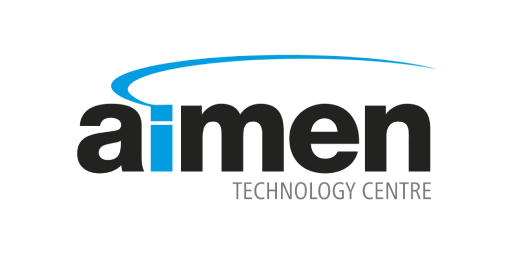AAS and Digital Twin
Digitalization of specific production lines using the AAS, process monitoring and data gathering and modelling for the production of Digital twin.
Project: PeneloPe
Publisher: AIMEN
Technology: Simulation and Modeling
Industry: Manufacturing & Industrial Processes
INTRODUCTION
The Asset Administration Shell (AAS) is a standardized digital representation of physical assets within manufacturing environments, forming a bridge between the physical and digital realms. It encapsulates comprehensive information about assets, including identity, properties, capabilities, and relationships. AAS facilitates seamless communication, interoperability, and interaction between various components in the manufacturing ecosystem. Key components include asset information, lifecycle management, interoperability, and security mechanisms. AAS enables digital transformation, data-driven decision-making, and optimization in manufacturing processes, ultimately enhancing efficiency and competitiveness.
FEATURES/BENEFITS
1.
| Interoperability: AAS establishes a standardized framework for exchanging asset information across diverse systems and platforms, facilitating streamlined communication and integration among machines, sensors, software, and humans.
|
2.
| Data Transparency and Accessibility: By consolidating asset information into a standardized digital format, AAS enhances data transparency, enabling stakeholders to access comprehensive real-time data on asset specifications, maintenance history, and usage patterns. This transparency supports better decision-making, diagnostics, and predictive maintenance.
|
3.
| Lifecycle Management: AAS supports the entire asset lifecycle, from design and manufacturing to operation, maintenance, and decommissioning. Consistent digital representation throughout the lifecycle enables manufacturers to monitor asset performance, track changes, and optimize processes effectively.
|
4.
| Enhanced Automation and Control: AAS facilitates seamless integration of assets into cyber-physical systems and Industry 4.0 initiatives, enabling automated control and orchestration. Standardized interfaces and metadata lead to increased efficiency, reduced downtime, and improved productivity.
|
5.
| Security and Trustworthiness: AAS includes mechanisms for ensuring data integrity, confidentiality, and authenticity, bolstering security and trust in manufacturing environments. Secure communication protocols, access controls, and data encryption mitigate cybersecurity risks and safeguard sensitive information.
|
6.
| Scalability and Flexibility: Designed to accommodate diverse manufacturing environments, AAS offers scalability and flexibility. Manufacturers can tailor AAS implementations to meet specific needs, seamlessly integrating with existing systems and processes, whether in small-scale facilities or large industrial complexes.
|
7.
| Innovation and Collaboration: AAS fosters innovation and collaboration by enabling the development of new services, applications, and business models around assets. Leveraging AAS-enabled ecosystems, manufacturers can explore innovative production optimization methods, deliver value-added services, and engage with customers and partners effectively.
|
TECHNICAL INFORMATION
RESOURCES
USE CASE
SERVICES LINKED
Download the training info HERE

